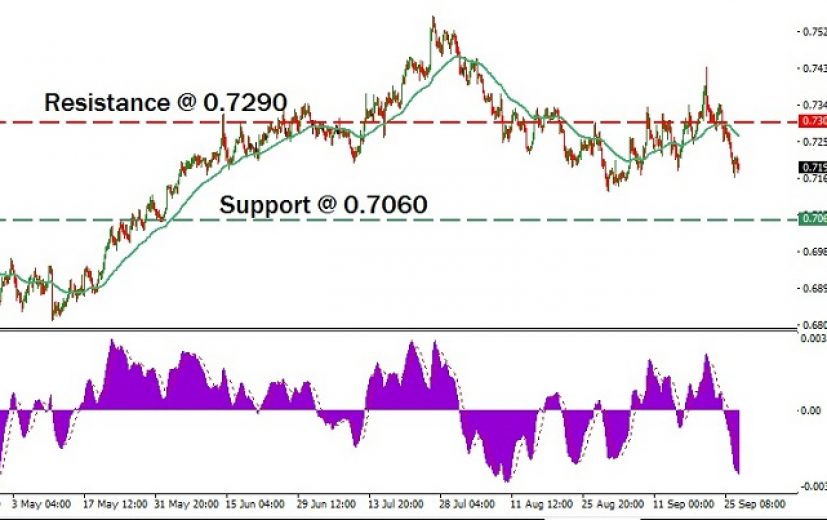 The Kiwi dollar fell sharply on Monday after none of the parties got a majority in the general election conducted on Saturday. The ruling National Party got 58 seats, while the Labour, under the new popular leader Jacinda Ardern, won 45 seats.
The Kiwi dollar fell sharply on Monday after none of the parties got a majority in the general election conducted on Saturday. The ruling National Party got 58 seats, while the Labour, under the new popular leader Jacinda Ardern, won 45 seats.
The Green party won seven seats, while the ultra-nationalist New Zealand First (NF) party won nine seats. The result favors a National/NF party coalition or a Labour/NF/Green coalition.
Either way, investors would stay away from making any commitments at this point in time due to the arguments provided underneath.
Thus, we expect a deeper decline in the NZD/USD pair, which is currently trading at 0.7220.
Bloomberg TV Markets and Finance
Both National and Labour party toe a same line on fiscal prudence, but differ on monetary policy, immigration and trade. According to Saktiandi Supaat, an analyst at Maybank, a coalition of Labour/NF/Green would create maximum harm to the New Zealand dollar, as the government’s policies would not favor investment, trade, and immigration. A coalition of the Nationals with NF is expected to result in a government that will be open to trade and investment, as the NF may have to water down its stance on several issues. Until a stable government is formed, businesses would postpone their capital allocation plans, which will have a negative impact on the economy and on
the Kiwi dollar.
Economists also point out that private debt In New Zealand has considerably increased during the past decade. According to a report from the Reserve Bank of New Zealand, between the periods 1991 and 2011, the consumer and housing debt has increased by six fold in dollar terms. That was one of the reasons for the economy to boom during the 2008 financial crisis.
Now, the US households have started leveraging again and that may have a negative impact on the New Zealand economy. According to Hans Redekar, a strategist at Morgan Stanley, the financial markets have not yet taken into account the rising private debt in New Zealand. When they do take that into account, the New Zealand dollar will undergo a considerable correction on the downside.
Yesterday, in the US, the Trump administration introduced a detailed tax plan. The tax reform, referred to as the ‘Big Six framework‘, calls for slashing the corporate tax rate from 35% to 20%. It is estimated that a successful tax reform would add $10 trillion to the US GDP over the next decade. Furthermore, the US government will receive an additional $3 trillion as tax revenue. Thus, we anticipate a downtrend in the NZD/USD pair in the week ahead.
The NZD/USD pair is trading below its 50-day exponential moving average. Furthermore, the currency pair is facing resistance at 0.7290. The MACD indicator is moving deeper below the zero line. Thus, we expect a continuation of the downtrend.
To benefit from the projected decline, we may go short in the NZD/USD pair near 0.7220. To complete the trade setup, a stop loss and take profit order would be placed near 0.7290 and 0.7060.
Alternatively, we may look at the possibility of buying a low or below option, valid for a week. A strike price of about 0.7220 is preferred for the trade.





